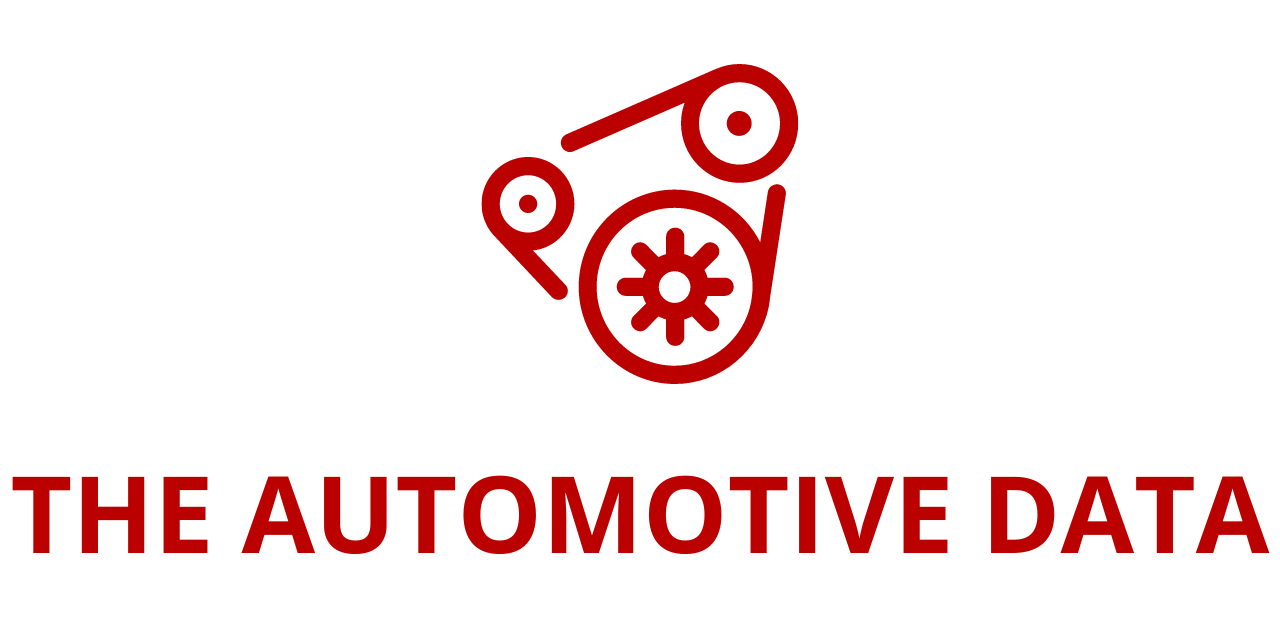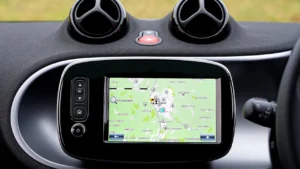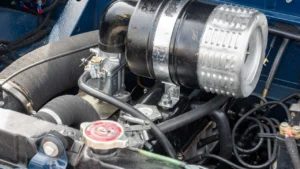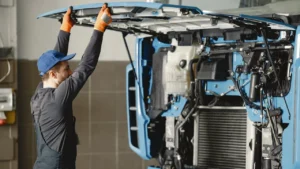
JERUSALEM–( BUSINESS WIRE)– Mobileye has introduced the world’s first vision-only Intelligent Speed Assist( ISA) result for automakers, following testing and instrument across Europe. The camera-only result, launching in product vehicles this time, helps global automakers meet new European Union( EU) General Safety Regulation( GSR) norms taking automatic seeing of speed limits in all new vehicle models, without the need to calculate on third-party charts and GPS data.
The new software, designed for Mobileye’s EyeQ platform, has been certified for use in all 27 EU countries as well as Israel, Norway, Switzerland, and Turkey. The EyeQ4 and EyeQ6- grounded ISA system allows OEMs whose vehicles formerly integrate these chips to meet the new norms simply by streamlining the EyeQ’s software, without any new tackle conditions.
The Mobileye ISA system is anticipated to be integrated by a major global bus group into two vehicle brands for models going on trade in Europe latterly this time, with three other global automakers following near behind in 2024 and further.
“ This is a major accomplishment for Mobileye because we ’ve proven to the assiduity not only that achieving GSR-compatible vision-only ISA is possible, but also that it performs better than traditional chart-grounded results, ” said Dr Gaby Hayon, Executive Vice President of Research and Development at Mobileye.
The pukka result, performing from further than two times of work structure on Mobileye’s two decades of experience in computer vision and machine literacy, is the assiduity’s first of its kind. Current druthers
calculate on a combination of cameras and low- resolution charts to meet the EU norms, a result that generally brings advanced cost with complexity and integration sweats, while furnishing lower dependable performance.
Mobileye has developed several slice-edge technologies that upgraded the heritage business sign recognition technology to meet GSR conditions, including
Business sign applicability technology that identifies whether a speed sign is applicable to a specific lane,
the hand-grounded bracket that loads the ‘ hand ’ of a new business sign to the vehicle, indeed for new signs that were introduced after the vehicle’s manufacture,
OCR- grounded megacity entrance identification for European- style signs,
Advanced hunt machines that allow chancing exemplifications of rare signs in Mobileye’s huge clips database and integrate them into the system, and
A road-type classifier that can work out the right speed, indeed when business signs are missing, by using different cues in the scene to descry the road type.
“ Mobileye’s 400-petabyte database of driving footage, gathered from around the world, enables us to fleetly meet the growing conditions of automotive safety controllers with new software designed for our being motorist-help platforms, ” said Hayon. “ After successfully surpassing GSR ISA norms during strict testing, we look forward to uniting with automakers to apply this lifesaving technology in Europe and beyond. ”
As of July 2024, all new passenger vehicles ended in the EU must meet specific GSR ISA conditions, as verified by rigorous testing, similar as being suitable to descry static and dynamic communication speed-limit signage across hundreds of signs, with thousands of country-specific variants, including both unequivocal and implicit signs, and in harsh rainfall and adverse lighting conditions. They must also understand temporary speed limits for construction, accidents, or other issues, frequently given by digital signage, and implicit speed limits similar to megacity entrances.
Speeding contributes to one-third of fatal vehicle crashes in EU Member States according to the European Road Safety Observatory, and experts say the new regulations could reduce collisions by as important as 30 per cent, and losses by over 20 per cent. Under the new regulation, all systems will be needed to let motorists know what speed limits are in effect either laboriously- in which a vehicle automatically slows down gently towards a posted limit– or passively, in which the ISA system cautions motorists when they exceed posted limits.
Six independent labs across five different European countries have tested and verified that Mobileye’s ISA software meets or exceeds the EU’s needed norms, with fresh testing and instrument underway. In the future, Mobileye will continue advancing the system to insure new sign recognition over the coming 14 times per GSR instrument conditions.







